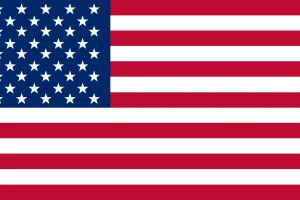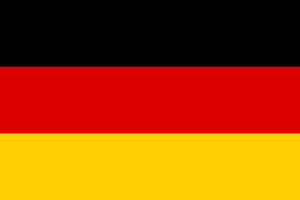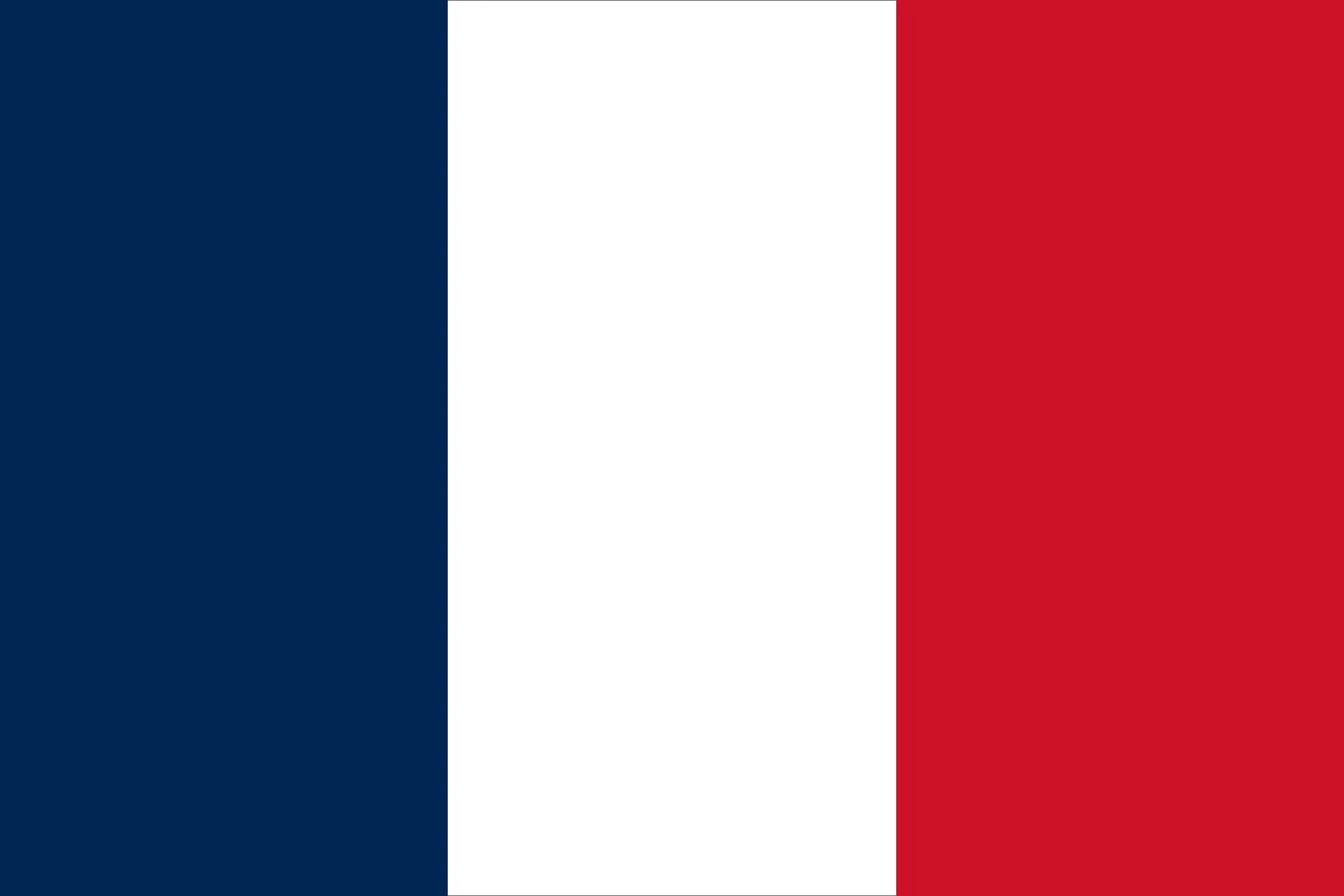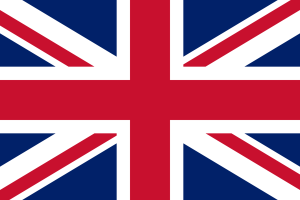The French language is spoken in numerous countries worldwide, but the dialects vary significantly depending on the region. Two of the most distinct variations are European French and Canadian French. These differences are rooted in history, culture, and regional adaptations, making each dialect unique in pronunciation, grammar, vocabulary, and formality. This article explores these distinctions to provide a deeper understanding of how the two French dialects differ and why they matter.
Canadian French & European French: Origins
What is Canadian French?
Canadian French encompasses several dialects spoken across Canada, including Québec French and others used in Francophone communities in provinces like Ontario and New Brunswick. Canadian French has evolved significantly since French settlers first arrived in Canada in the 17th century. Many words and phrases used in Canadian French today are rooted in 17th-century French, reflecting the language spoken during the early colonization period.
The Quiet Revolution of the 1960s played a pivotal role in shaping modern Canadian French, as it prioritized French as the primary language of business and governance in Québec, reducing the dominance of English. This historical event firmly established French as an official language in Canada alongside English.
What is European French?
European French refers to the French spoken in France and neighboring French-speaking European regions. This dialect is often considered the “standard” French due to its widespread use in international diplomacy, media, and literature. With approximately 80 million French speakers in Europe, the region accounts for 40% of the world’s Francophone population.
European French has been influenced by neighboring European languages and cultures, leading to a polished and formalized version of the language used across various professional and social settings.
Differences Between European French and Canadian French
The differences between Canadian French and European French extend beyond geography. These variations influence how the languages are spoken, written, and understood in their respective regions.
Vocabulary and Expressions
Canadian French incorporates many words derived from First Nation languages and Anglicisms, some of which date back to the 17th century. For instance, certain words and phrases used in Canadian French might feel outdated or archaic to European French speakers. European French, on the other hand, evolves faster and integrates modern vocabulary influenced by neighboring cultures.
Regional Accents and Intonations
Accents play a major role in distinguishing Canadian French from European French. Canadian French features nasal intonations and pronounced vowel shifts, giving it a unique sound. In contrast, European French maintains more traditional pronunciation and tends to be more melodic and formal.
Formality Levels
Canadian French often has a more relaxed and informal tone, especially in spoken language. Québec French speakers frequently use idioms, slang, and cultural expressions that may not exist in European French. Meanwhile, European French adheres to stricter formalities in both spoken and written forms, particularly in professional and academic contexts.
Grammar Differences
Canadian French grammar differs significantly in syntax and word usage. Prepositions are often shortened, and the relative pronoun “que” is used more frequently, sometimes creating confusion for European French speakers. These grammatical adaptations reflect the evolving nature of Canadian French and its divergence from its European counterpart.
Vowel Pronunciation and Intonation
One of the most noticeable differences lies in the pronunciation of vowels. Canadian French speakers use nasal intonations for certain vowels, and the letter “Y” often carries a distinct sound compared to European French. These pronunciation differences can make it challenging for speakers of one dialect to fully understand the other.
Slang Words and Anglicisms
Canadian French integrates numerous slang words and phrases influenced by English and First Nation languages. European French, however, tends to develop its slang independently, often reflecting contemporary European trends. This makes Canadian French feel more informal and localized in comparison.
Terminology and Language Regulations
Legal, educational, and healthcare terminologies vary significantly between the two dialects. Québec’s legal system, based on French Civil Law, uses many traditional French terms with altered meanings compared to their use in France. In addition, Québec’s Charter of the French Language enforces strict rules to preserve the use of French in signage, business communication, and education.
Impact on Legal, Educational, and Healthcare Sectors
In Québec, language laws influence daily life profoundly. For example, businesses must prioritize French in public displays, and schools are required to teach primarily in French. These regulations ensure that Canadian French remains a vital and thriving part of the region’s identity.
Interesting Facts About Canadian French
Official Status of French in Canada
Under the Official Languages Act of 1969, English and French are recognized as Canada’s official languages. However, only 21% of Canadians speak French, while 57% speak English. Despite being a minority language, Canadian French dominates in Québec, where 7 million people identify as French speakers.
Cultural Identity and Language Preservation
Preserving their linguistic roots is of utmost importance for French-speaking Canadians. The Charter of the French Language (Bill 101) protects the use of French in Québec, ensuring it remains the official language in commerce, education, and administration.
Linguistic Laws and Their Impacts
Linguistic restrictions in Québec highlight the passion for maintaining Canadian French. For instance:
- In 2013, an Italian restaurant was asked to remove “pasta” from its menu because it wasn’t a French word.
- In 2016, a restaurant named La Mama Grilled Cheese faced scrutiny for its use of Anglicisms.
- In 2019, Air Canada was fined for prioritizing English signage over French.
Examples of Linguistic Restrictions in Québec
Although strict in the past, language regulations in Québec have recently relaxed. Today, words like “cocktails,” “drag queen,” and “grilled cheese” are accepted, showing the adaptability of Canadian French while preserving its heritage.
Conclusion: The Regional Uniqueness of French
Why the Differences Matter
The distinctions between European French and Canadian French reflect the rich history, culture, and evolution of the language. Understanding these differences not only bridges cultural gaps but also deepens appreciation for both dialects. Whether you’re a traveler, language enthusiast, or professional translator, knowing these variations can enrich your experience.
Looking for Professional Translation Services?
For top-notch translation services in over 250 languages, including Canadian and European French, trust Lingual Consultancy. With a global network of 16,000+ translators, we ensure precise and culturally accurate translations every time. Contact us today to get started!










